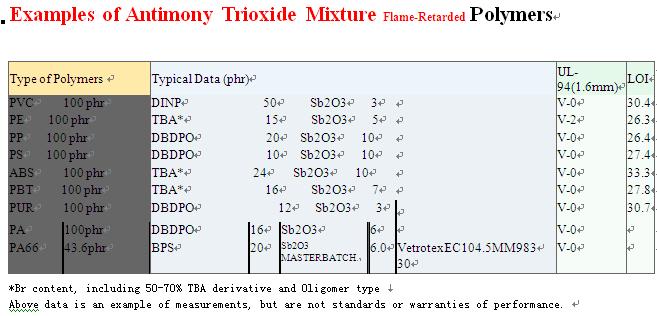Most people could list a host of reasons why prices of computers, televisions and mobile phones are rising, but few would be able to pinpoint indium.
Having languished below $500 a kg for the first four months of the year, indium prices jumped more than 60 percent to $700 a kg at the start of June.
Prices have since slipped to about $650 a kg, but are expected to head higher and the chances of the silvery-white metal revisiting records above $1,000, possibly before the end of the year, are now much higher. Behind the rise are accelerating demand from the electronics industry for liquid crystal display and flat screens, stagnant supplies, the threat of strategic stockpiling in China and investment demand.
"There just isn't enough material to feed what is really quite a voracious LCD machine, which needs ever larger amounts of indium," said Douglas Hunter, a director at UK-based minor metals trading firm Wogen Resources.
"The flat panel industry is increasing production at 25 to 35 percent per annum."
A thin uniform film of indium-tin oxide on glass creates a unique optically transparent electrical conductor for LCDs.
To illustrate demand growth for LCDs, particularly in Asia ahead of the Beijing Olympics, is Korea's Samsung Electronics which is planning to invest 2.74 trillion won in a new LCD line with Japan's Sony.
Other examples include US-based Corning, the world's largest maker of glass for LCD screens, which recently said demand for LCD televisions and computer monitors had been unhurt by economic slowdown in the United States.
Research firm DisplaySearch in April forecast world sales of flat panels would jump by 21 percent in 2008 to reach $123 billion.
Traders say stockpiling by Chinese government to the tune of about 200 tonnes over coming months will trigger price gains.
Indium is a very small part of the cost--less than $3 for a large glass panel. The market at the moment is estimated to be balanced at around 1,300 tonnes.
"We'll eventually see a deficit, prices could head back towards the $1,000 level," said Brian O'Neill, indium materials manager at American Iron and Metal. "The underlying fundamentals are very strong. There is not enough primary production."
About 600 tonnes of total production is primary production, with the remainder coming from recycling.
Electronics applications are said to account for about 80 percent of demand and growing fast is the use of indium in the production of solar panels, which if sustained, would boost consumption significantly.
Simon Gardner-Bond, an analyst at Ocean Equities said the trend towards solar energy will not be slowed by weak global economic growth. "The more affluent consumers will still have the means to buy solar panels."
"You can quite confidently say indium supply is constrained, physically it cannot be ramped up," he said.
"There really isn't the capacity to produce enough indium, as it is a byproduct of zinc mining. Even a large increase in the indium price is not justification enough for most producers to ramp up zinc output just to produce more indium."
Expectations of zinc surpluses and lower prices on the London Metal Exchange at $1,950 a tonne, less than half the levels seen in 2006, are expected to curb indium output.
A problem for supplies is China, the largest producer of primary indium, where export taxes of 15 percent, quotas and previously low prices meant many producers gave up production.
Some Japanese electronics companies eyeing their dwindling stocks are now in China trying to negotiate new contracts for long-term supplies, with little success because they are offering prices below the market, traders say.
The potential launch of a new fund, SMG Indium Resources, which has applied to the US Securities and Exchange Commission for a listing in the United States, could also hit supplies.
SMG said in its prospectus that the company was formed to buy and stockpile indium.
"Our strategy is to achieve long-term appreciation in the value of our indium stockpile," the company said. – Inquirer.net








0 comment:
Post a Comment